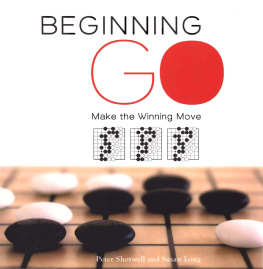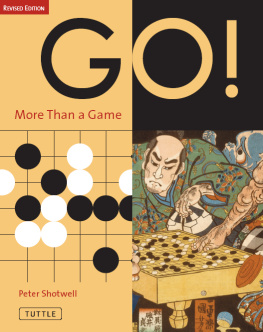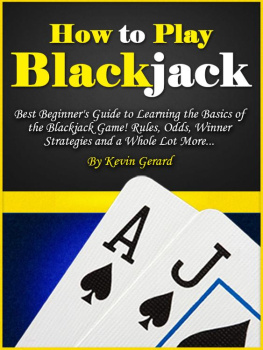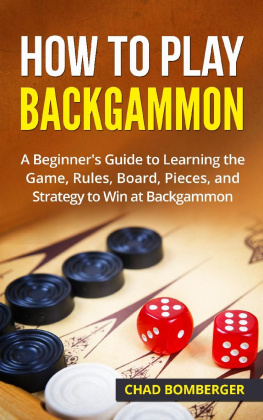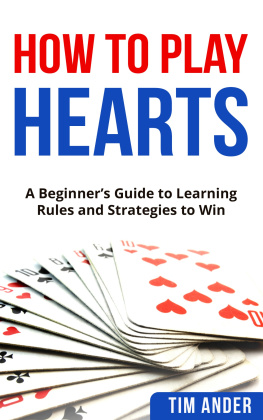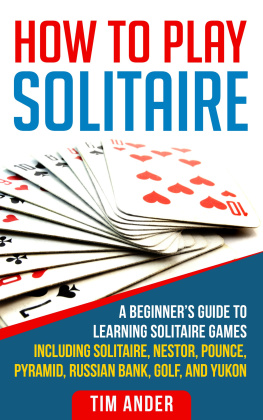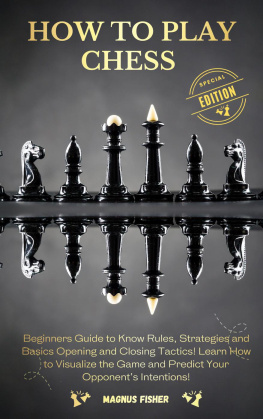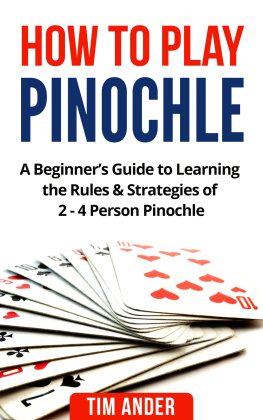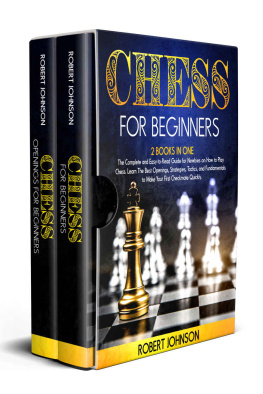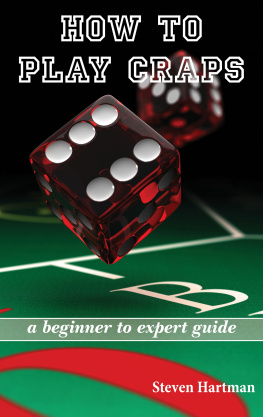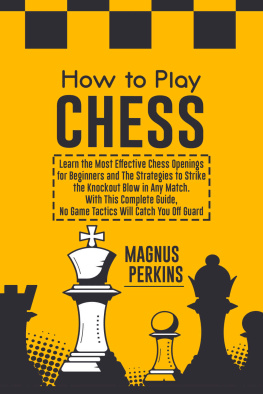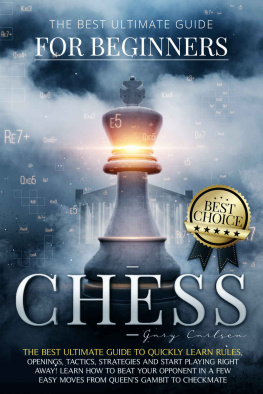We would like to thank all the people who made this book possible: Ed Walters, William Notte, and Kathy Wee of Tuttle Publishing; our agent Jim Fitzgerald; the past and present hard workers of the American Go Association; the members of the Brooklyn Go Club, our "local" for so many years; the engaging students and faculty of New York City's Elizabeth Irwin High School; Anders Kierulf for his Smart Go diagram program; John Fairbairn for his contributions to Go history; and, especially, Richard Bozulich for his insights into the finer points of playing the game.
CHAPTER ONE
The Art of Capturing
Let's explain the art of capturing stones first. Then, in the next few chapters, you see how capturing stones leads to the idea of surrounding the most empty spaces and why the basic principles of Go are not very complicated.

In the West, we say that a Black stone like the one above has four liberties (A, B, C and D).

Taking turns, players put stones down one at a time on the intersections, so these teaching diagrams assume that Black is making other moves on the board.
These stones do not move afterwards, except when their liberties have been lost by being surrounded with stones of the other player. Then they are removed from 'the board.

In one sense, having liberties means that other stones can attach there to form groups, as these diagrams indicate. The stone has the "freedom to grow," and you can imagine groups of stones as having arms and legs that are holding them together.
In this case, however, the stones of the White group has been surrounded on the side and removed after B1 takes. Like fallen warriors, they will not return to the fray.

This lonely white stone in the corner has only one liberty and B1 takes that away.

Larger groups that have an internal space (called an eye) can also be captured.
At the end of the X-marked capturing moves, the White stone has gained liberties, while the Black stones have lost theirs.
This is sometimes confusing to beginners because the capturing White stone seems to be surrounded first, but the end result of a play is what is important. Go is like a polite conversation-I say something and then you respond and then I answer and you respond. Go is a game of "back and forth" that you will soon get used to, but unlike the mutual destruction of chess, it is a game of evolution and growth.
Playing the Capture Game
With these thoughts in mind, playa few capture games with a friend or at a local Go club. You can even find people on the Internet servers to play with you.
If you don't have a Go set, begin on a 9x9 board such as the one included in this book that you can copy and enlarge. Play with pennies and dimes, or beans of two different colors. Small poker chips will also do if you enlarge the board.
It is strongly suggested that you stick to the 9x9 boards until you are more familiar with the surrounding concepts of the game. The principles of Go are the same for all sizes of boards and you will learn much more quickly because you can focus on the learning points more easily.
Begin with an empty board, play alternately, and try to be the first to capture a stone. If your companion is more experienced, put down a few stones for yourself as a handicap. It's not real Go, but you will find it is fun.
However, some odd, inexplicable situations will turn up, so stop and don't play anymore! Read why you should do this in the next chapter, and you will discover that surrounding and killing stones is only a small part of this great game. You will see why the capture of territory and the concept of living is much more important. Knowing this before playing too many capture games will create good habits of thought that will not have to be unlearned later.
Exercises
The Exercise sections will focus on major topics that were discussed in their chapters and point the way to the future. For further practice, go to the last chapter to find and get many graded sets of problems in books and on the Internet.
It is strongly recommended that you not only layout the stones in the diagrams, but experiment with variations! Your game will improve much more rapidly.
The other major idea is to read and play both games and problems, read and play, read and play, and do not be afraid to tryout new things.
And please don't play too slowly because you are agonizing over every move. If computers and top players cannot see everything that is going to happen, why do you think you will? Sometimes they have to go by intuition too.
As for experimenting, you may lose a few games, but your overall progress will be much faster. Good luck!

Black to play.
2. White to play.

3. To take the two Black stones, should White play at A or B?
4. White to play.

5. Black to play.
6. White to play and note the location of the stone in the upper-right.
Graduation Exercise
Graduation exercises take the concepts of the chapters an amusing step further and will require more thought than the preceding problems.

Things look pretty desperate for White, but there is one move still left to play. What is it? The answer will introduce you to the ideas in the next two chapters.
Answers

1. There is a good way and a bad way. The bad way is on the left-White can run away and cause trouble.
The good way on the right is called a ladder because it is like "helping" someone down some steps . X marks the spot where Black can take on the next move. Try to go back to the problem and see if you can visualize this sequence the way experienced players do.

2. Note after taking how W1 is inatari ("ah-tar-ee")-surrounded on all but one side .
Black can take back at X on the next move.

